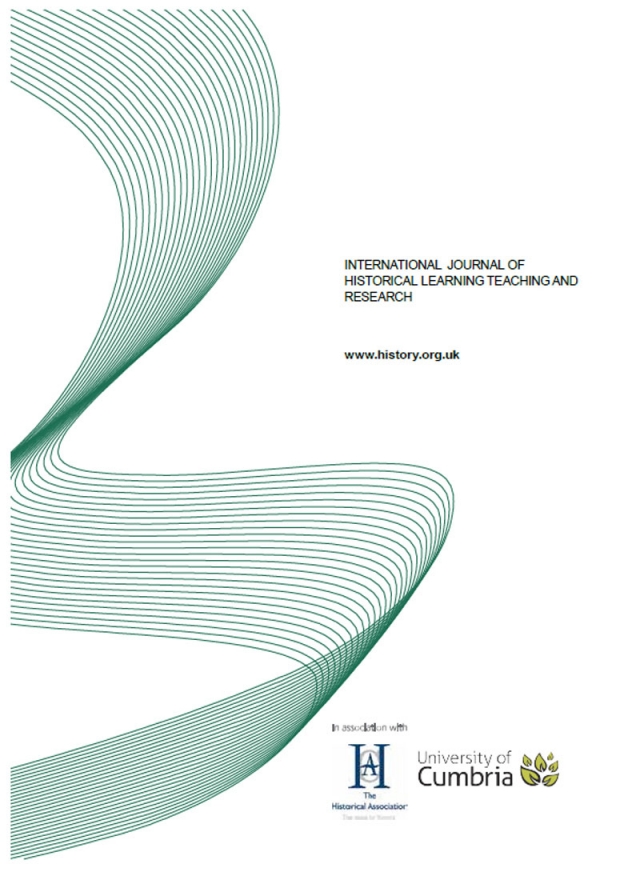The Dilemma of Senator Williams
IJHLTR Article

A case study of student decision-making, controversy, and ethical dilemmas
Abstract
The titled “Senator Williams, Do You Vote For or Against on the Diego Resolution before Senate” encourages students to engage in historical empathy and critical inquiry on the possible military intervention in the small hypothetical country of Ersatz. The Diego Resolution asks the Senate to endorse the President’s plan to move a navy task force to a position ten miles off the shore of Ersatz so that to be available quickly if needed. The resolution does not say explicitly what the Navy will do after it is there, only that it would be “ready to take whatever actions are necessary to protect American lives.”
With each document, students receive more pertinent information that presents controversy and ethical dilemmas. Such an investigation encouraged students to confront three fundamental questions:
1) When does the United States have the authority or obligation to intervene in another country’s affairs,
2) When, if ever, should the President have the power to use military force without Congressional approval, and
3) When, if ever, does the value of American lives outweigh the risk and reward of foreign policy or diplomacy?
The research involved four questionnaires on the Cast Study’s four scenarios in evaluating the effectiveness of its development of the students’ knowledge and understanding of the Diego resolution and the related historical empathy and skills of historical enquiry. The research data indicated that the students progressed in the following areas:
1) better understand complicated issues, historical events, and content material;
2) discuss issues with their peers;
3) engage in informative discussion and debate related information presented;
4) become active agents in the learning process;
5) develop solutions to historical problems; and
6) decipher causes of events.
Introduction
Through the case study method, students can search for evidence and clues to analyze while evaluating documents, stories or accounts that improve motivation, knowledge retention, and historical understanding (Weinland, 2012; Pope, et.al, 2010). As former high school history teachers, we found the development and differentiation of pedagogical strategies beneficial to our students...
Article taken from the International Journal of Historical Learning, Volume 14 Number 2
Attached files:
- IJHLTR 14.2: Byford and Lennon: The dilemma of Senator Williams
454.6 KB PDF document

